Lung cancer is the leading cause of cancer death in the United States. In fact, lung cancer is the second most diagnosed cancer in men and women. These facts serve as a strong reminder that lung cancer awareness and actions to lower your risk are important to help change the course of lung cancer in communities.
You can lower your lung cancer risk in several ways.
Don’t Smoke
The most important thing you can do to prevent lung cancer is to not start smoking, or to quit if you smoke. Smoking can cause cancer and then block your body from fighting it. Nearly 9 out of 10 lung cancers are caused by smoking cigarettes. Treatments are getting better for lung cancer, but it still kills more men and women than any other type of cancer.
For help quitting, visit smokefree.gov, call 1 (800) QUIT-NOW (784-8669), or text “QUIT” to 47848. It’s never too late to quit!
Be Aware of Secondhand Smoke
Smoke from other people’s cigarettes, pipes, or cigars is called secondhand smoke. Secondhand smoke causes lung cancer in adults who have never smoked. Nonsmokers who are exposed to secondhand smoke at home or at work increase their risk of getting lung cancer by 20% to 30%.
Get Your Home Tested for Radon
Radon is a gas that you cannot smell, taste, or see. It comes naturally from rocks and soil, and can dissolve in groundwater. Radon is thought to be the second leading cause of lung cancer in the United States, responsible for more than 20,000 lung cancer deaths each year.
People can be exposed to radon mainly from breathing radon in air that comes through cracks and gaps in the foundation of buildings and homes. One out of 15 homes has a high level of radon. Testing your home is the only way to find out if you have a radon problem. If you do, then you can fix it.
Symptoms
Different people have different symptoms for lung cancer. Most people with lung cancer don’t have symptoms until the cancer is advanced. Some people have symptoms related to the lungs. Some people whose lung cancer has spread to other parts of the body (metastasized) have symptoms specific to that part of the body. Some people just have general symptoms of not feeling well. Most people with lung cancer don’t have symptoms until the cancer is advanced. Lung cancer symptoms may include—
- Coughing that gets worse or doesn’t go away.
- Chest pain.
- Shortness of breath.
- Wheezing.
- Coughing up blood.
- Feeling very tired all the time.
- Weight loss with no known cause.
Other changes that can sometimes occur with lung cancer may include repeated bouts of pneumonia and swollen or enlarged lymph nodes (glands) inside the chest in the area between the lungs.
These symptoms can happen with other illnesses, too. If you have some of these symptoms, talk to your doctor, who can help find the cause.
Is Lung Cancer Screening Right for You?
The U.S. Preventive Services Task Force recommendsexternal icon yearly lung cancer screening with low-dose computed tomography (CT scan) for people who—
- Have a history of heavy smoking, and
- Smoke now or have quit within the past 15 years, and
- Are between 55 and 80 years old.
Lung cancer screening is not without risks. That is why lung cancer screening is recommended only for adults who are at high risk for developing the disease because of their smoking history and age.
If you are thinking about getting screened, learn more and talk to your doctor. Lung cancer screening is not a substitute for quitting smoking.
For more information about lung cancer, visit the CDC.
Source: CDC.gov

